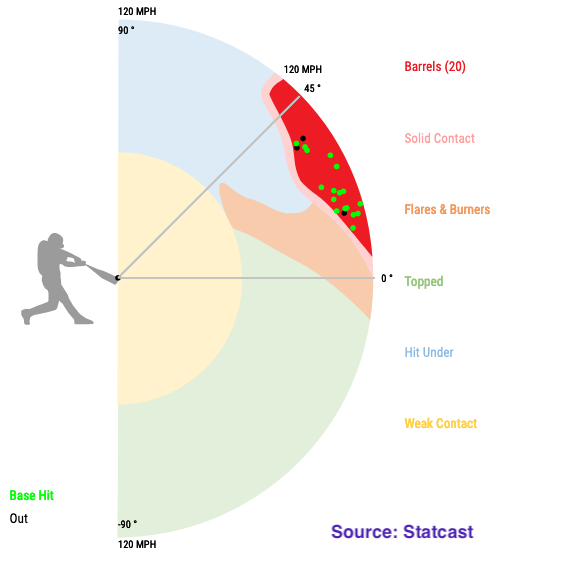This season, three Mets have been selected for the 90th All-Star game: Jacob deGrom, Jeff McNeil, and Pete Alonso, which is more than in 2017 and 2018 combined. In 2017 and in 2018 only one Met was chosen. Further, though McNeil has played multiple positions this season, he is listed on the All-Star roster as a second baseman, a position he has played only 22 times: in 2019, he has primarily played in 2019 in the outfield.
Since the Mets began in 1962, the team’s players have been selected for the All-Star team 121 times. The first Mets player selected, in 1962, was Richie Ashburn. In that year there were two All-Star games, one on July 10, which the National League won, and the other on July 30, which the American League won. Ashburn did not start in either game. Willie May started in centerfield in both games. He did not play in the first game, but in the second game, as a pinch-hitter, he singled in the seventh inning and scored a runner. 1962 All-Star Game Box Score by Baseball Almanac
Only four Mets have started an All-Star game in centerfield: Willie Mays in 1972, Lance Johnson in 1996, and Carlos Beltran twice, in 2007 and 2008. In the 1996 game, Johnson had 3 hits in 4 at-bats. That season, he led the National League in hits with 227, in 1996, in singles with 166, and in triples with 21. Despite his great season with the Mets, in August 1997 they traded him to the Cubs along with Mark Clark and Manny Alexander for Brian McRae, Mel Rojas, and Turk Wendell.
Besides Beltran, only 28 other Mets were selected for the All-Star game more than once while playing for the Mets. Leading the group is Tom Seaver who appeared in nine games. Among the others selected multiple times are Mike Piazza, Darryl Strawberry, and David Wright, all selected seven times.
The most Mets selected in one season to the All-Star team is six. That occurred in 2006. Somewhat surprisingly, during the 1969 season only three Mets made the All-Star team — Cleon Jones, Jerry Koosman, and Tom Seaver and, the following season, only two made it — Bud Harrelson and Tom Seaver.
Finally, whereas four Mets pitchers have started an All-Star game, only one first baseman did, Keith Hernandez, one second baseman, Ron Hunt, two shortstops, Bud Harrelson, and Jose Reyes, and two third basemen, Howard Johnson and David Wright.
The table below show how many times since 1962 a Mets player has started in an All-Star game by position. The “Different” column indicates how many different players started. For example, though Mets pitchers have been the starters in All-Star games four times, one pitcher (Dwight Gooden) started twice. The other two were Tom Seaver and Matt Harvey.



